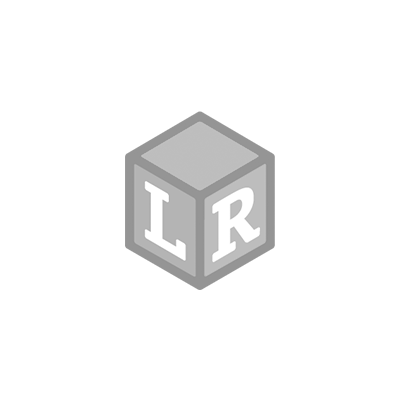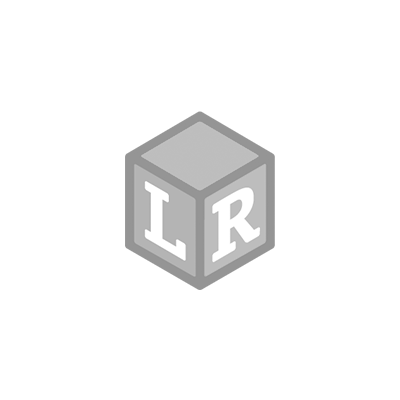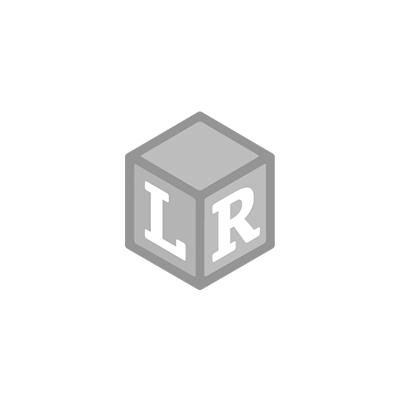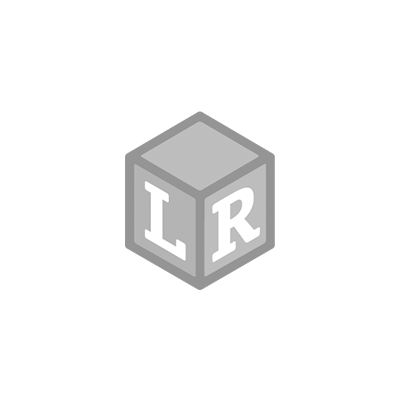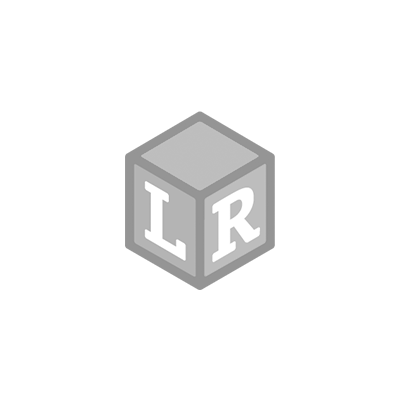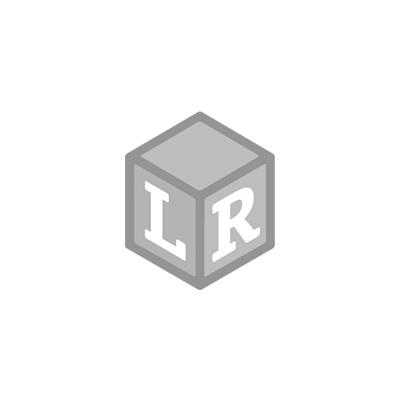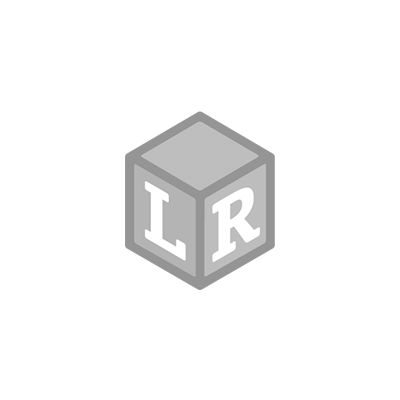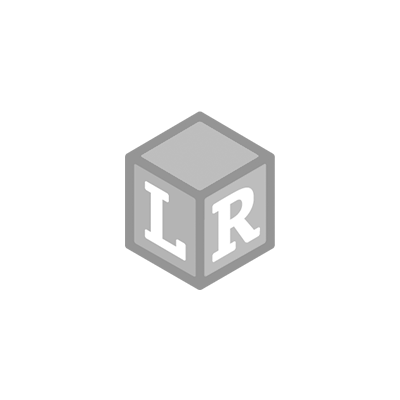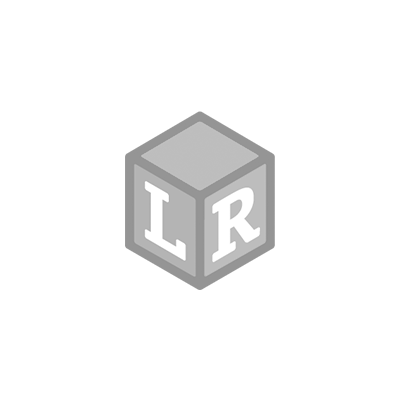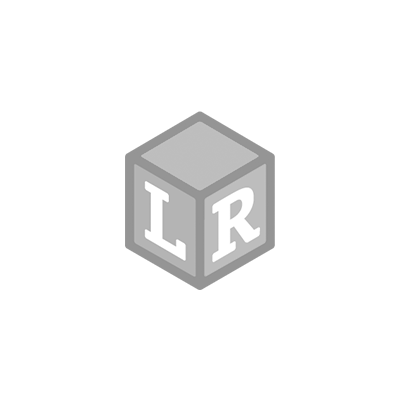March 1st is National Day of Unplugging. Time to put away the technology, enjoy some time as a family, and engage your kids in all kinds of activities that will help them see how fun it can be to unplug! Science experiments are a great way to entertain kids while learning through play. Magnet science is a favorite of many children, and the new Magnet Movers set has everything you need for a multitude of experiments and play setups.

The Magnet Movers set comes with a magnetic wand, chips, and many other magnetic accessories. Little ones will love using the wand and other accessories to experiment with magnetic attraction. In addition to using the set on it’s own, there are so many other fun ways to play.
Magnets in a Muffin Tin
When you add the magnet accessories to a muffin tin or cake pan, you are putting them on a magnetic surface which makes experimenting with magnetic attraction and movement all that much more amusing.
Magnets on a Mirror
Use a large mirror as a new surface for playing with your magnetic wand and accessories. The reflection of the magnets in the mirror provide a new type of sensory experience.

Magnets on the Front Door (or the garage door)
Did you know your front door and/or your garage door is probably a magnetic surface as well? Try adding the magnet pieces to the door. See if the attraction is strong enough to hold them to it. Use your magnetic wand to move them across the door.

Magnets and Magnetic Tiles
If you have a set of magnetic tiles, try adding them to the fun. Make towers or tunnels with your tiles, then decorate them with the magnetic chip pieces. Use the magnetic wand and see what happens.
Magnets in a Jar
Fill up a glass jar with magnetic chips. Kids will love watching as they move the chips around from outside the jar with just their magnetic “magic” wand!

Magnets in Rice
A sensory bin filled with rice never disappoints. Kids love the feeling of running their hands through the rice, digging through it, and scooping and pouring it into containers. When magnetic accessories are added, it gets even more entertaining for little ones. Dig through the rice, enjoy some sensory play, and use your magnetic wand to search for your magnetic chip pieces!

Fishing for Magnets
Create a rod, or use the Magnetic post from the Magnet Movers set, as a fishing pole to go magnet fishing! Place all of the magnetic chips in a “pond” using a large bowl or tray, and try and catch them all.
Magnet Mazes
A recycled piece of cardboard and a marker are all that is needed to make some exciting magnet mazes for your little ones to explore. Use the magnet wand to move the magnetic pieces through a maze from the other side of the cardboard!

Other Magnet Movers Experiments
The Magnet Movers set includes a set of instructions for many of its own experiments. Watch what happens when you drop the ring magnets onto the magnetic post. The same magnet poles repel, creating a floating effect!
There are so many ways to play and experiment with magnets, and it’s the perfect way to spend part of National Day of Unplugging.












 Shop UK Site
Shop UK Site 
